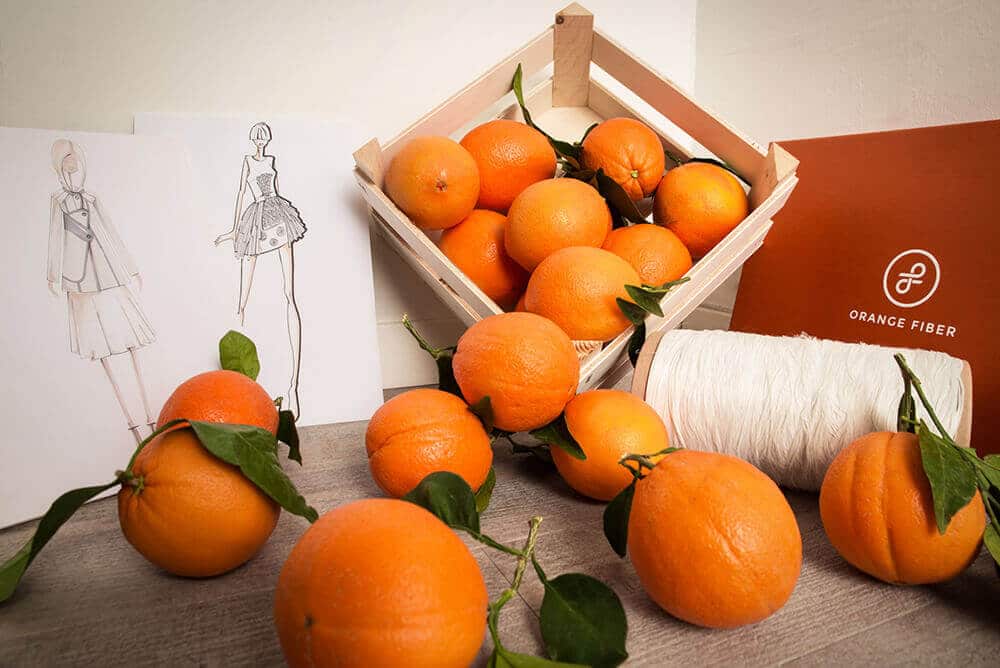New fibres based on food waste
Transforming food waste into fabrics and fibres? This is the booming textile trend that is currently revolutionising the fashion industry, whose toxic environmental impact is being criticised a little bit more each day. We take a closer look at these exceptional materials with extraordinary properties.
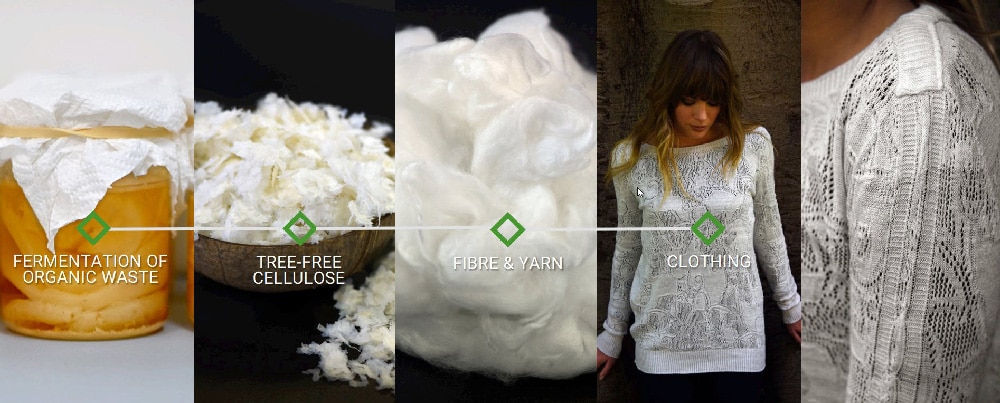
A booming sector
Whereas the amount of food waste produced by humans is set to reach 9.6 billion by 2050, textile manufacturers are rivalling each other when it comes to imaginative ways to create innovative and ethical fibres, repurposing natural raw materials that have already been used in order to reduce their environmental impact. This intense and dynamic search has notably been recognised by the filing in 2016 of scientific patents by the City University of Hong Kong (CityU) and the Hong Kong Research Institute of Textiles and Apparel Limited (HKRITA). The result? Many fibres made using foodstuffs have come to light over the past few years, pushing back the limits of textile design. Accordingly, an Italian company Antonella Bellini is nowadays able to boldly transform spoilt milk into clothes, the milk being heated beforehand, reduced to a powder and then transformed into a woven fibre. But it is not the only one to achieve such feats.
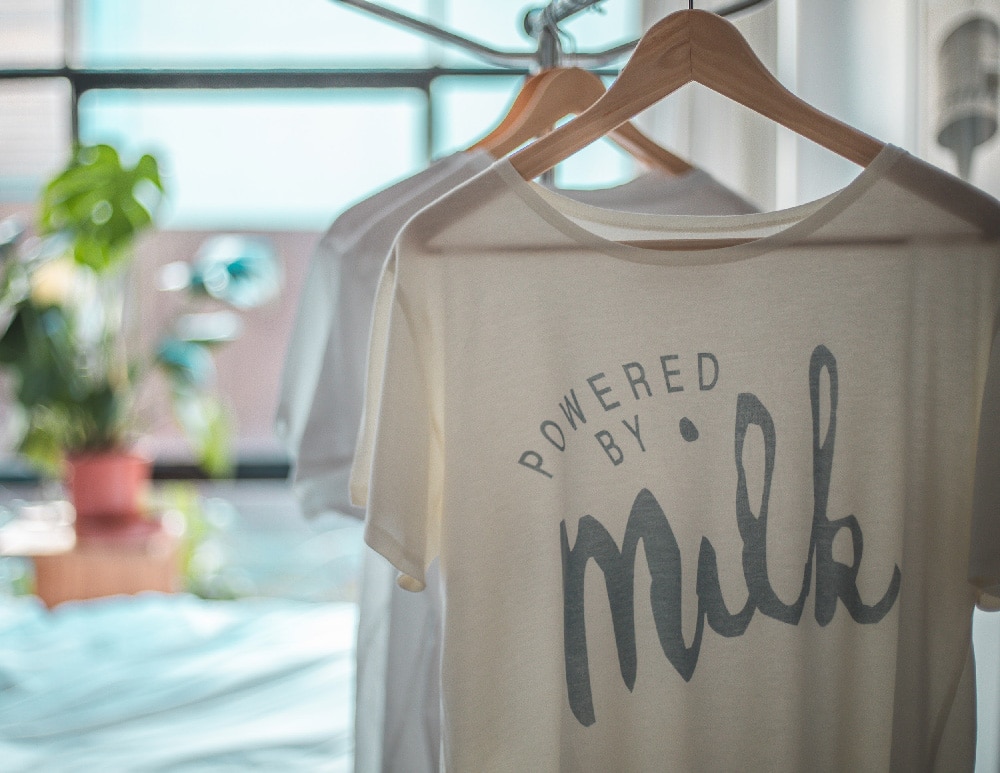
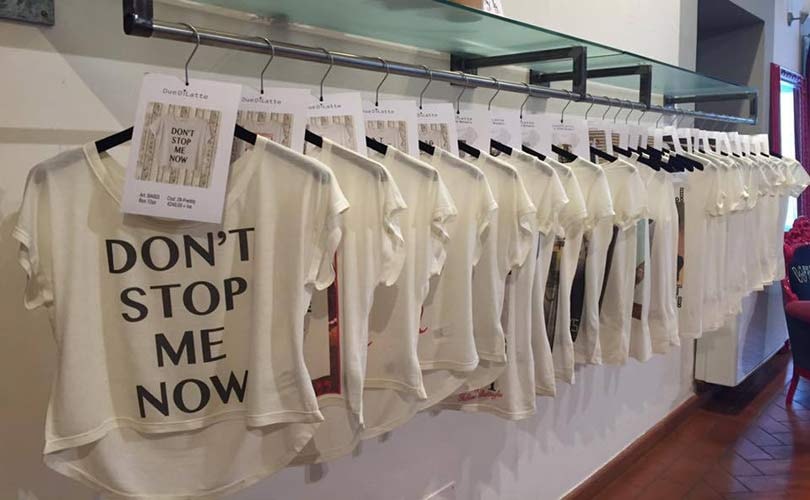
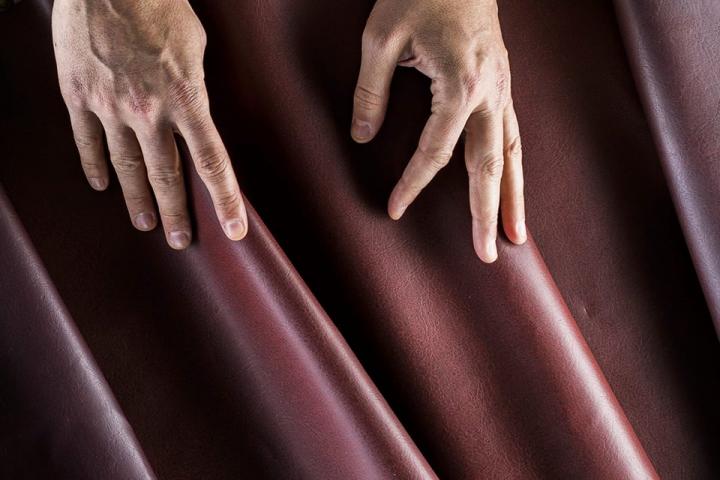
A diverse variety of fibres
The latest to date? Coconut wool. Christened Nullarbor and invented by the Australian firm Nanollose, this fabric is manufactured by fermenting liquid coconut waste, placed in a culture with bacteria, without requiring trees to be cut down or the use of much water/energy compared to cotton. This production method brings to mind the process for making Piñatex, a plant-based leather made from pineapple leaf waste that – initiated by the British firm Ananas Anam – has seen rapid growth in the vegan shoe industry. It is in direct competition with the wine leather from the Italian company Vegea, which had the ingenious idea of using the Latin country’s winemaking resources to come up with an extremely robust material made from the seeds and skins left over from grapes used to make wine. This technological feat earned it the Global Change Award from the H&M group and the 2017 Innovation prize at the PETA Fashion Awards, guaranteeing it global renown. The same success awaited apple leather, created by Alberto Volcan in partnership with the start-up Frumat, which uses a specific process to transform the fruit waste into a plant-based textile as well as Kraft paper and tissues.
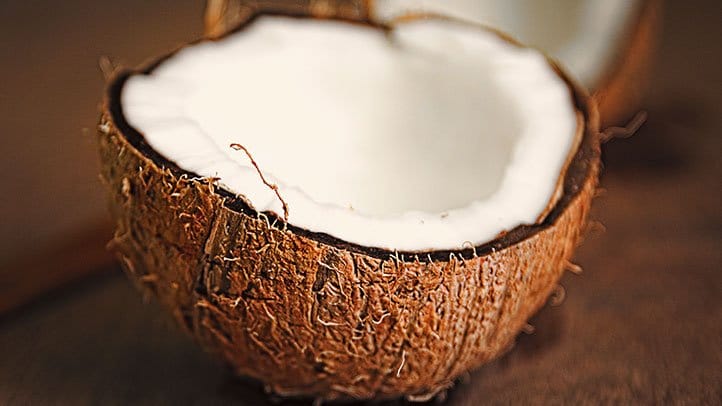
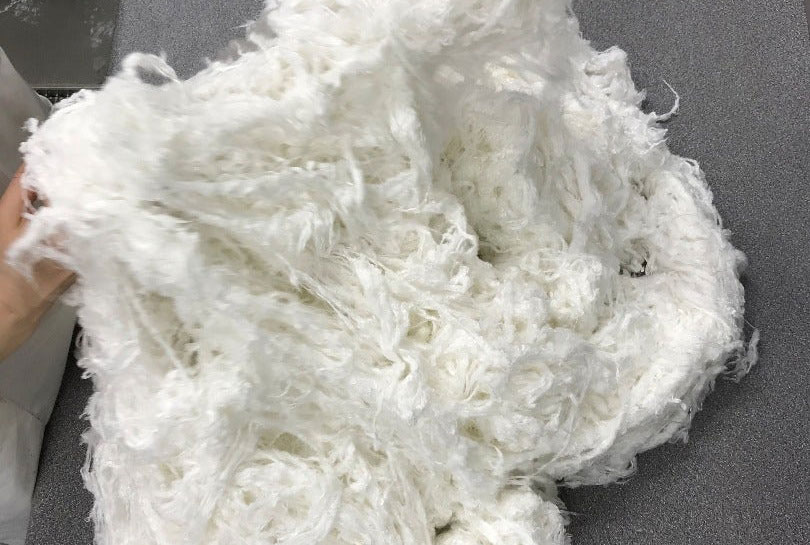
Finally, it is worth noting the invention of orange fibre, developed by the Salvatore Ferragamo group using citrus waste and rewarded with numerous prizes, as well as banana silk, S.Café® developed by L’Herbe Rouge, and the development of new non-woven materials based on eggshells! This non-exhaustive list of promising advances primarily indicates the emergence of a new textile era based on upcycling and the circular economy. A whole host of opportunities!
